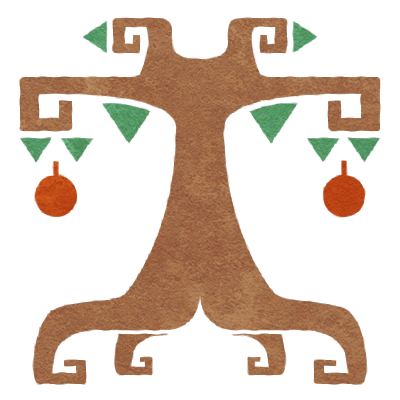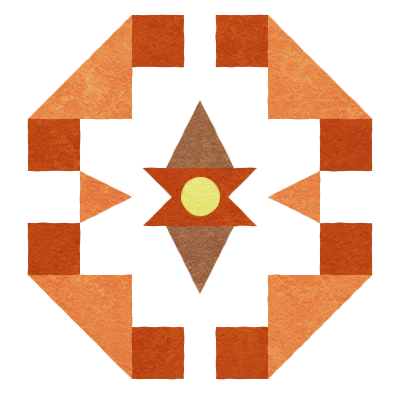I am no longer a man. I am something better— stronger, purpose-built for this world. I am an amalgam.— Unknown alchemist
Human amalgams are those who have consumed many
alchemical potions, or had a considerable number of alchemical infusions or transplants— resulting in myriad mutations. Amalgams may be barely recognizable as human, or at the very least have drastically altered parts of their bodies. Their stories are as varied as their mutations— some changing to become stronger warriors, or more in tune with nature, while others were forced to undergo theirs.
Altered Bodies
At what point one becomes a human amalgam is somewhat of a debate among alchemists and amalgams alike. Some say all that is needed is a single mutation, regardless of its visibility or impact— while others argue that one must have myriad mutations across their entire body.
Regardless of where one stands, they can agree with the latter in the sense that all of those with extensive mutations can be considered amalgams. This, and, amalgams are not
transcendents— those who have replaced their
entire human physiology with that of something else, unlocking power and insight beyond their original limitations. As alchemical mutations become increasingly dangerous the more one obtains, amalgams have a high risk of death regarding further mutations— leaving few willing to continue alchemical mutation entirely.
Amalgams vary wildly in appearance, as their particular mutations typically come from different combinations of sources. One may have the legs of a goat, stone skin along their chest, and a twisted fleshy mass in place of an arm— a result of a failed mutation. Another may have their eyes fused shut— from another failed mutation— fangs, large webbed feet, and an elongated neck. Similarly to their increased risk of death, amalgams also face a greater risk of failed mutations— leading to many possessing disfigured body parts, painful wounds, and malformed growths upon their bodies.
Origins
One may become an amalgam for a vast number of reasons— one may ingest alchemical brews for religious or ceremonial purposes, another may wish to repair an injury or replace a missing limb, some simply desire power, and others are forced to mutate— either being victims of alchemy used in warfare, used as human guinea pigs, or mutated as a form of torture.
In the alchemically-advanced nation of
Louh, human amalgams are common sights— as many in the nation adhere to the idea that they can improve their lives through mutation. However, the alchemical strength of Louh comes at a terrible price— human experimentation. The majority of forced mutations are carried out by Louh— both through their war efforts, and in the blood-stained name of progress.
The Guardian
Kyteux legend tells of a amalgam warrior known simply as
the guardian.
This warrior was undefeatable in battle— possessing three arms, skin of stone, and extraordinary strength. The warrior was not beaten in battle, but choked to death on a celebratory feast.
The Wise
The previous tichan of Louh was an amalgam, it is said that they were especially wise. With their many eyes they were able to keep watch on all of the nation.
A monstrous voice allowed them to command respect and be heard clearly even in the midst of battle.
Why ingest something that may turn my stomach to stone— when I can test it on someone else, first? — An Alchemist from Louh
Split Cultures
Often sharing both a common interest, and mistreatment at the hands of others— many human amalgams interact with those like them. Some simply feel more comfortable this way, others wish to discuss the nature of their mutations and processes they went through with those that understand their perspective, and some are funneled into these groups by their societies rejecting them. Many of Qet's cultures carry stigmas against mutation, some may revere them— such as Louh— but these are few and far between. Even within Louh, many of those who possess visible failed mutations were forcibly relocated— out of sight, and unable to "ruin" the nation's reputation.
Human amalgams often band together for mutual protection, such was the case with Louh's founding— but in most places they are no more than a subculture. As mutations are not exclusive to any one region or group, amalgams themselves carry many different ideals and stories.
Coulqepluex amalgams, for example, may be keen to discovering ways to profit off of their mutations— even helping one another in these pursuits; while
Hontualieu amalgams often see their mutations as a religious pursuit— a method through which to become closer to the world they live in by taking on aspects of it.
Related articles




So could Amalgams be considered an in-between point between humans and Transcendents? I really enjoy the idea of the variety of forms Amalgams could take.
They can, yes! They're much more common, as well.